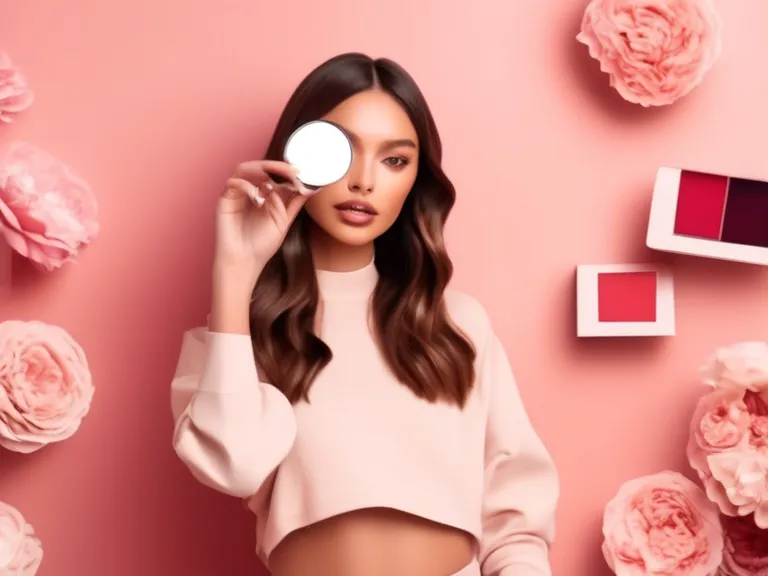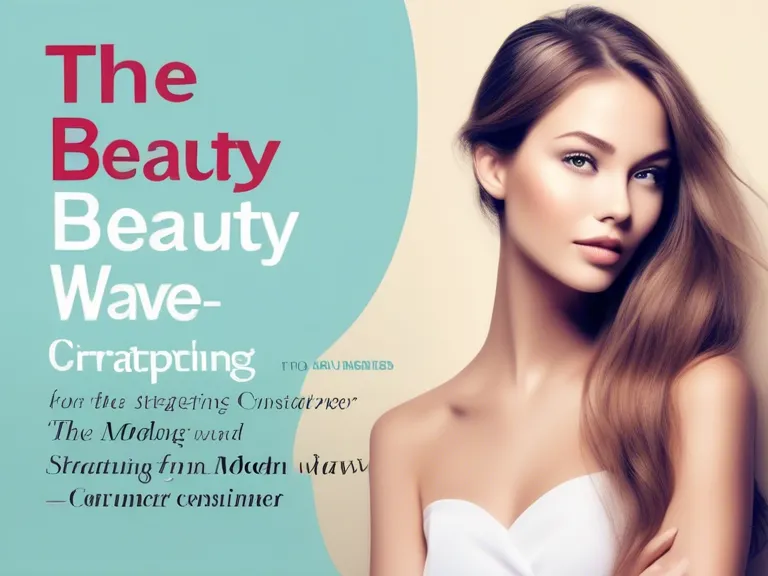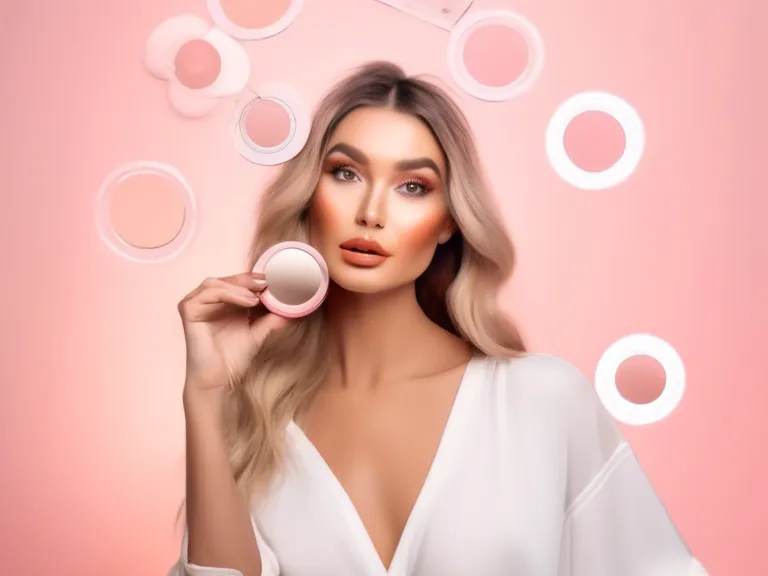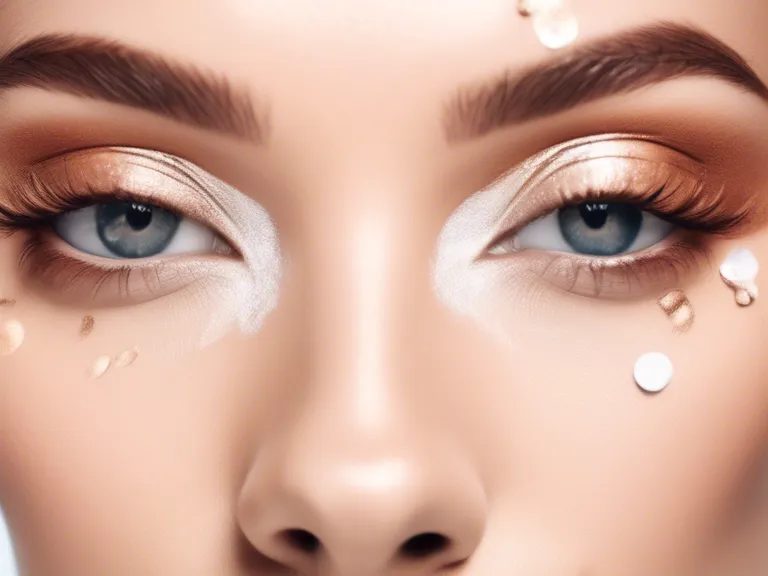
With the rise of social media platforms like Instagram and TikTok, the beauty industry has been using filters to enhance and promote their campaigns. Filters play a crucial role in shaping beauty ideals and influencing consumer behavior. In this article, we will explore the impact of filters on beauty campaigns on Instagram and TikTok and how they have revolutionized the way brands market their products.
Filters on social media platforms like Instagram and TikTok have become a tool for beauty brands to create visually appealing content that attracts and engages their audience. These filters can range from subtle enhancements like smoothing out skin imperfections to more dramatic changes like altering facial features. By using filters, brands can showcase their products in a more appealing light and encourage users to try out their products to achieve similar results.
One of the key ways filters shape beauty campaigns on Instagram and TikTok is by setting unrealistic beauty standards. These filters often promote a flawless and unattainable image of beauty, leading users to compare themselves to these enhanced versions. This can have a negative impact on the self-esteem of individuals who feel pressured to look a certain way that is often unachievable without the use of filters.
Despite the criticisms surrounding filters and their impact on body image, beauty brands continue to utilize them in their campaigns to drive engagement and sales. Filters not only help brands create stunning visuals but also allow users to experiment with different looks and styles, ultimately leading to increased brand awareness and loyalty.
In conclusion, filters play a significant role in shaping beauty campaigns on Instagram and TikTok by creating visually appealing content that attracts and engages users. While filters may set unrealistic beauty standards, they have become an integral part of the beauty industry's marketing strategies. Brands must strike a balance between promoting their products effectively and promoting a healthy body image among their audience.



